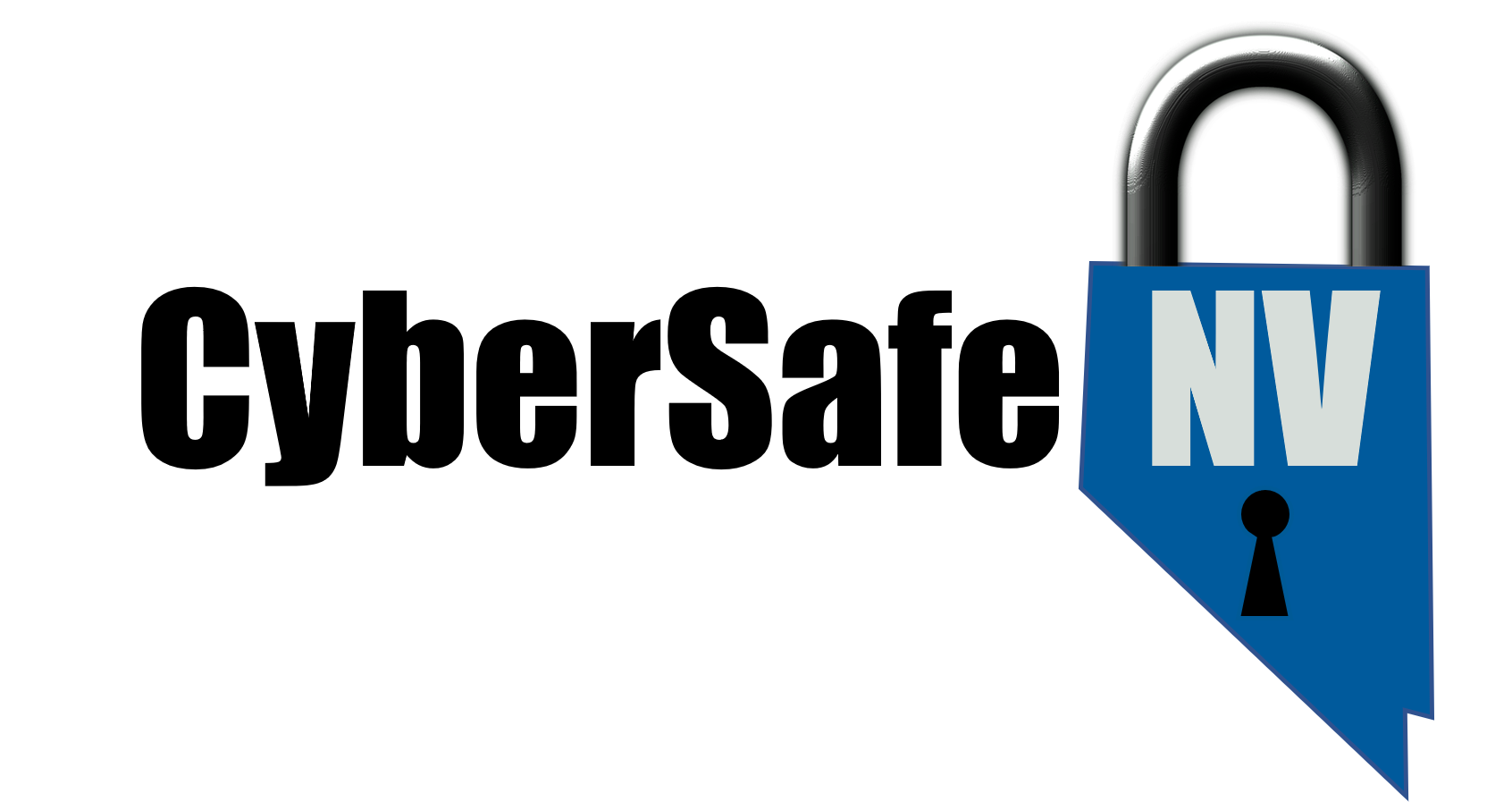Leadership
Unlike other threats currently facing the country, cyber attacks can have instant, wide-ranging consequences for the nation’s broader national and economic security interests. The targets of these attacks can vary – with some focusing on networks belonging to large organizations and others preying on individual Americans. Given this unprecedented and rapidly escalating threat, both government and industry leaders must play a role in educating their employees and constituents to identify and deter online dangers. To make the Internet a safer place for all Americans, government and industry must share in the responsibility to promote heightened awareness about cyber security and safer online practices.
In support of this, we have provided a high-level overview of some key information to assist with heightening awareness. Also review the Awareness FAQ page.
